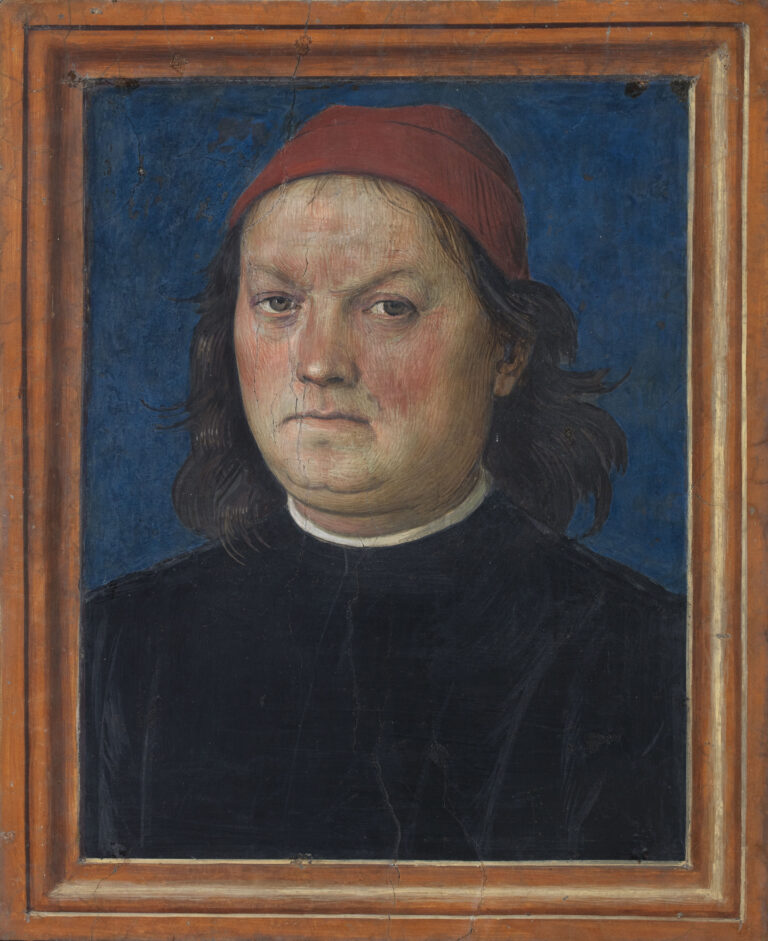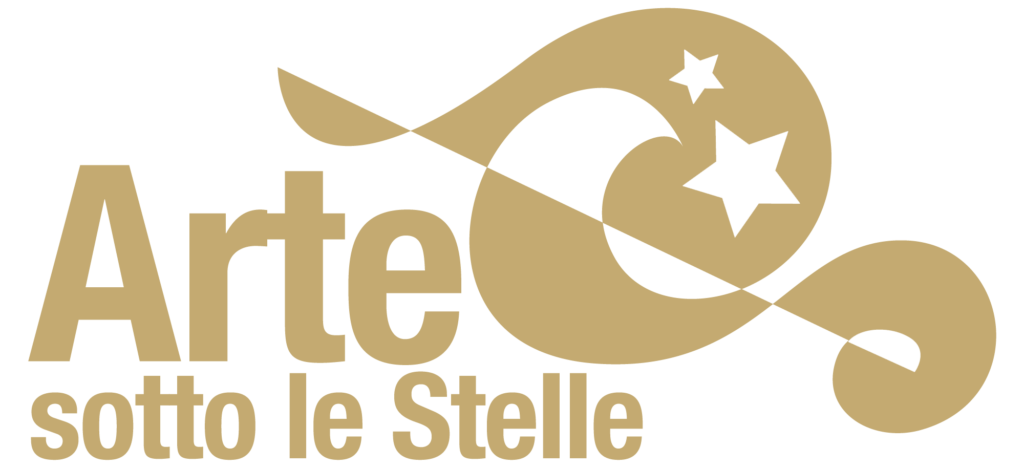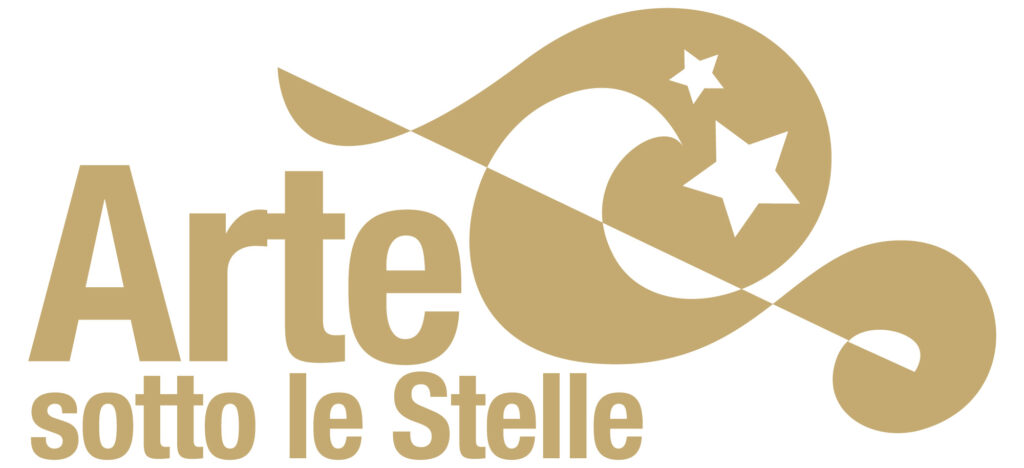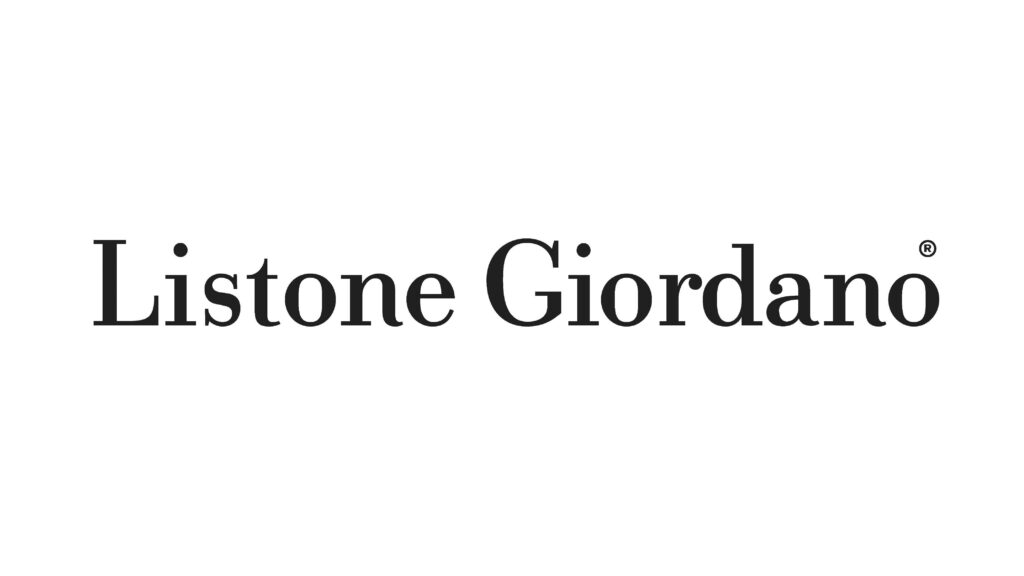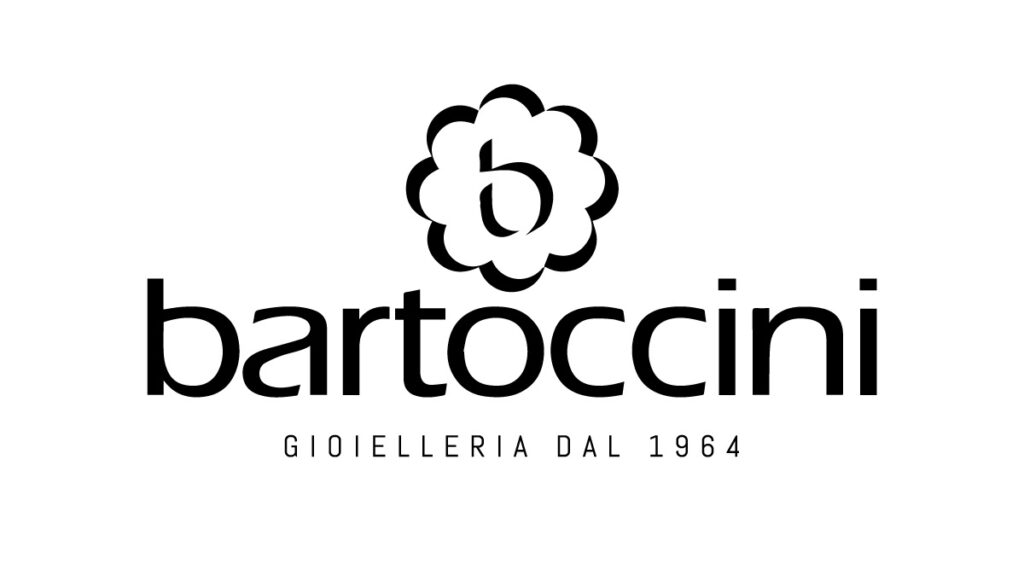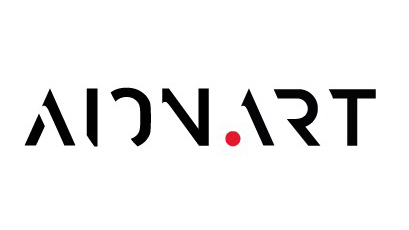Pictorial cycle of Nobile Collegio del Cambio – Perugia
The Nobile Collegio del Cambio is the ultimate expression of Perugino’s style in Perugia.
Vannucci, at the peak of his career in Umbria, in 1499 received the official assignment of painting the Sala Delle Udienze by the guild of the Arte del Cambio (the currency changers), which had set up a commission to choose both the painter and the decorative program.
The privilege of disposing of some rooms located on the ground floor and in close proximity to the Palazzo dei Priori had been granted to the powerful corporation in 1441 by Pope Eugene IV.
The headquarters was already decorated with wooden furniture inlaid with surprising grotesque motifs and a sculpture of Justice, by Domenico del Tasso;
the currency changers decided to complete the decoration with a fresco refined iconographic project, involving the entire surface free from the furniture.
The overall iconography was developed by the scholar Francesco Maturanzio, after reading the writings of Valerius Maximus and Lactantius.
Perugino, chosen as Master and executor of the frescoes, managed to pictorially translate the indications received by dividing the scenes, filling the whole room, creating fake and elaborate architectural partitions and rich grotesques that dialogue with those of the inlaide forniture.
Starting from the vault, the artist realized anAllegory of Fortune, with the Triumph of Apollo on a quadriga and the zodiacal symbol of Leo, while the planets within surround the scene together with the other signs of the Zodiac: the Moon, on a chariot pulled by Nymphs, is accompanied by the zodiac sign of Cancer; Mercury, on the cart pulled by eagles, with the signs of Aquarius; Gemini, Mars and and Jupiter, to whom Ganymede hands a cup, respectively pulled by horses and eagles, are the emblem of Aries and Scorpio, and Sagittarius and Pisces. Finally, Saturn and Venus, whose chariots are driven respectively by dragons and doves are accompanied by Virgo, Capricorn, Libra and Taurus. The Triumph of the Virtues is painted along the walls: the four Cardinal Virtues are portayed impersonated by virtuous men of classical antiquity, while the three Theologians Virtues are accompanied by episodes from the life of Christ and the Prophets with Sybils..
In detail, Cato Uticense introduces the scenes: in the first lunette on the left, Prudence and Justice overlook Fabio Massimo, Socrates, Numa Pompilio, Furio Camillo, Pittaco and Trajan, all distinguished by the aforementioned Virtues, as expressed in the cartouche in Latin verses.
In the second part, the Fortress and the Temperance are personified by Lucio Sicinio, Leonida, Orazio Coclide, Publio Scipione, Pericle and Quinto Cincinnato, exemplary men for their physical and moral strength and for their ability to find the right means.
Between the two groups of Illustrious Men a small box, in the form of a small square en trompe-l’œil, shows the self portrait of Perugino at the time of his pictorial enterprise inside the College: the artist is characterized by a sharp and enterprising frown, almost severe, the red cheeks, the tight lips and the hair moved up to the shoulders; moreover, it is accompanied in the lower part by a self-celebrative cartouche where he defines himself as rediscover -or, directly- creator of the pictorial art.
The wall in front shows the personification of Hope, represented by the Eternal with the Prophets and the Sibyls, whose names are indicated below, and where it is possible to notice the intervention of the students of Perugino, including perhaps the very young Raphael.
The back wall preserve two scenes: the Transfiguration of Christ, allegory of the Faith, on the left, and the Nativity, emblem of Charity, on the right, in which it is evident the use of preparatory drawings, also used in other scenes of equal subject in various places of Umbria.
Adjacent to the Sala delle Udienze, the Chapel of San Giovanni was subsequently decorated by a follower of Perugino, Giannicola di Paolo, who between 1511 and 1528 realized the frescoes, other then an altarpiece depicting the life of Saint John the Baptist, and several busts of saints (including the Three Patrons of Perugia) on the vault, in addition to the symbols of the Arte del Cambio on a red background, and some grotesques.
The pictorial cycle is preserved at the Nobile Collegio del Cambio.
